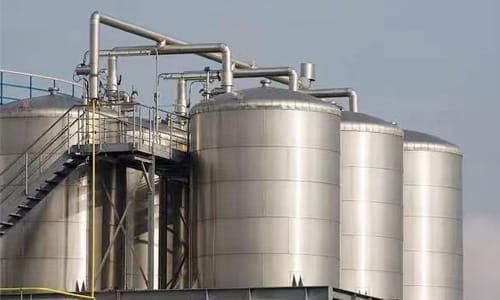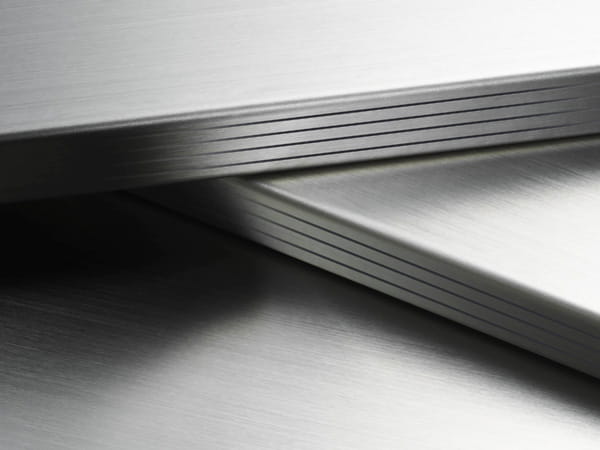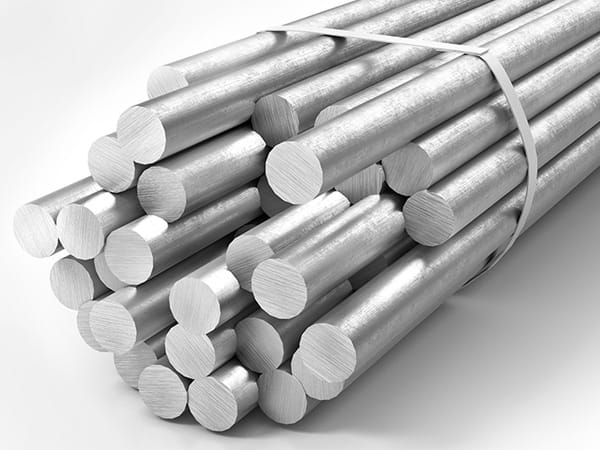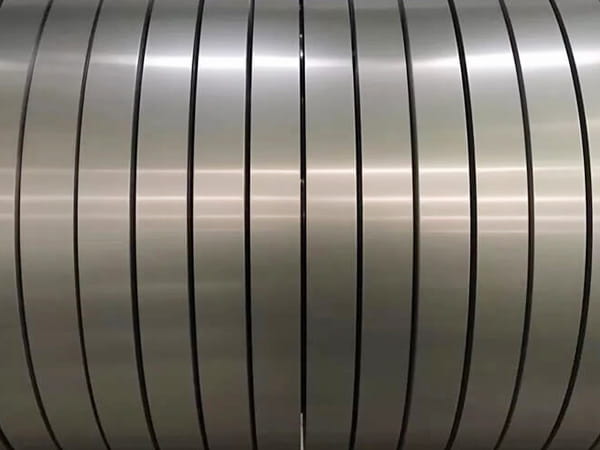Nickel 200 is commercially pure nickel grade and has many characteristics including good ductility and mechanical properties, permitting fabrications with sound welds to be constructed, particularly in the caustic concentration sector.
The material has been used for the transport of chemicals and aerospace components. Including the magnetic and magnetorestrictive properties, thermal and electrical conductivities, as fine wire, the material is used in electrical and electronic industries.
Nickel 200 and Nickel 201 are very similar in many ways, the main difference between them is in the carbon content. Nickel 201 is a low-carbon version of Nickel 200.
Quken offers Nickel 200/201 in following forms:
| Product form | Standard | Nickel 200: Size available mm | Nickel 201: Size available mm |
|---|
| Strip | ASME SB162 | 0.05~2*2~540*C | 0.05~2*3~540*C |
| Sheet/Plate | ASME SB162 | 1~25*1000~1500*2000~6000 | 1~25*1000~1500*2000~6000 |
| Flanges | ASME SB564 | Custom | Custom |
| Seamless pipe/tube | ASME SB161 | φ5~120*0.5~16*9000 Max | Φ5~120*0.5~16*9000 Max |
| Welded pipe/tube | ASME SB622 | φ40~630*2~16*13000 Max | Φ40~630*2~16*13000 Max |
| Bar | ASME SB160 | φ3.5~300*100~6000 | φ3.5~300*100~6000 |
| Wire | ASME SB160 | φ1~3*C | φ1~3*C |
| Pipe fittings | ASME SB163 | Custom | Custom |
| Forgings | ASME SB564 | Custom | Custom |
Designations and standards:
| Standard | Material designation | Material designation |
|---|
| Grade | Nickel200 | Nickel201 |
| EN | 2.4066 | 2.4068 |
| UNS | N02200 | N02201 |
Chemical composition %:
| Grade | Nickel200 | Nickel201 |
|---|
| Ni | 99MIN | 99MIN |
| Fe | 0.40 MAX | 0.40 MAX |
| Cu | 0.25 MAX | 0.25 MAX |
| C | 0.15 MAX | 0.02 MAX |
| Mn | 0.35 MAX | 0.35 MAX |
| S | 0.01 MAX | 0.01 MAX |
| Si | 0.35 MAX | 0.35 MAX |
Corrosion Resistance
The ATI 200 and ATI 201 alloys are used principally in reducing or neutral environments. They are also used for food processing. The ATI 200 and ATI 201alloys have been used in fresh and many other process waters.The ATI 200 and ATI 201 alloys have been used in caustic solutions such as those encountered in the production of caustic sodawhen chlorate level is low.Nickel is not susceptible to caustic stress corrosion cracking. Nickel 200 is highly resistant to many corrosive media. Although most useful in reducing environments, it can be used alsounder oxidizing conditions that cause the development of a passive oxide film.
| Test Environment | Corrosion Rate (mpy) |
|---|
| 50% NaOH (Caustic Soda)-90°C | 0.52 |
| 75% NaOH (Caustic Soda)-130°C | 0.87 |
| 10% H3PO4 (phosphoric Acid)-24°C | 0.61 |
| 10% H3PO4 (phosphoric Acid)-100°C | 148 |
| 20% H2SO4 Sulphuric Acid-24°C | 4.2 |
Mechanical Properties (RT):
| Grade | Yield Strength 0.2% Offset | Ultimate Tensile Strength | Elongation In 2inches | Hardness |
|---|
| KSI | MPa | KSI | MPa | % | Brinell (3000-kg) | Rockwell B |
|---|
| Nickel 200 | 15-40 | 105-275 | 55-80 | 380-550 | 60-40 | 90-140 | 45-73 |
| Nickel 201 | 12-35 | 83-240 | 50-70 | 345-485 | 60-40 | - | - |
Physical Constants:
| Grade | Nickel200 | Nickel201 |
|---|
| Density | 0.321 lb/in3, 8.89g/cm3 | 0.321 lb/in3, 8.89g/cm3 |
| Melting Range | 2610 – 2630°F / 1435 – 1445°C | 2610 – 2630°F / 1435 – 1445°C |
| Electrical Resistivity | 130 Microhm·cm | 130 Microhm·cm |
| Thermal Expansion Coefficient (25°C to 100°C) | 13.3 × 10-6/ °C | 13.3 × 10-6/ °C |
| Thermal Conductivity (20°C to 100°C) | 67 W/m·K | 73 W/m·K |
| Magnetic Attraction | None | None |
Applications

- Chemical Processing and Storage
- Food Processing
- Synthethic Fiber Production
- Processes using caustic alkalines




